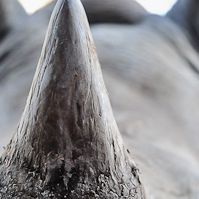
by Emily Baumbach
Carter, age 14 and Olivia, age 12, became interested in environmental conservation when their aunt expressed her concern about declining cheetah populations. As a result, Carter and Olivia decided to begin…
Read more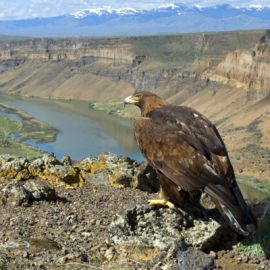
by Terence Hyland
Renewable energy provides an abundance of benefits: few carbon dioxide emissions, improved air quality, and the economic promise of new jobs. But even the most well-intentioned technologies can have unintended…
Read more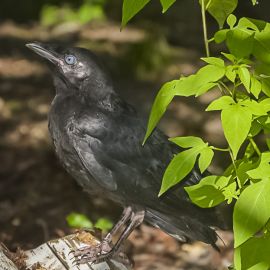
by Jennifer Calkins
The American crows in my Seattle neighborhood recognize me. I know this because they follow me, call when they see me, and peer at me through my window. They know me, because I have fed them before. They…
Read more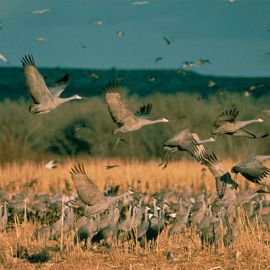
by Emily Baumbach
During four to six weeks from the beginning of March and into mid-April, nearly half a million Sandhill Cranes, roughly 80% of the world population, arrive in south-central Nebraska.
Read more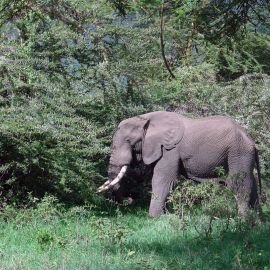
by Patty Shenker
In Africa, an elephant is killed every 15 minutes for his/her ivory. A normal day in countries like Rwanda or Zimbabwe ends up with about 96 elephants killed, all illegally, as the international trade…
Read more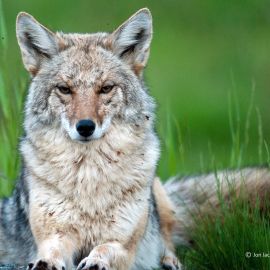
by Georgia Woodroffe
Since Europeans first set foot on the American continent, war has been waged against predators, with bounties and other lethal programs put on their heads. But, when a predator is no longer a threat, when…
Read more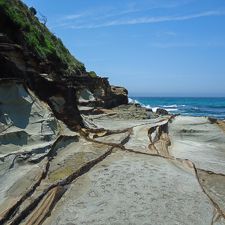
by Anne Kreller
Like other former British colonies, Australia has been part of the long international movement to create national parks. The first in Australia was created in 1879, and by 1967, the NSW Government had…
Read more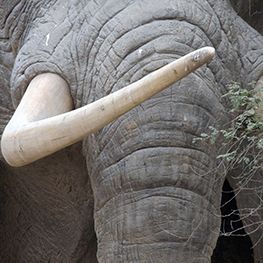
by Lysander Christo
In November, 2013, the U.S. Fish and Wildlife Service stood vigil over an unprecedented event in the United States: the crushing of six tons of illegal ivory seized from poachers and smugglers. At the…
Read more
by Zoe Stoenner
Statues are ubiquitous; they stand watch in front of government buildings, adorn city towers, and are monuments to what we humans hold in high esteem. While many sculptures are a testament to our history…
Read more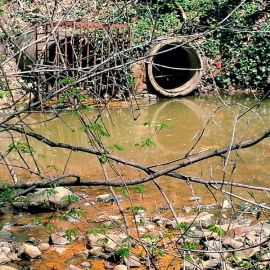
by Ross Honig
In today’s society, so many of us are unaware of the human footprint we leave on this planet. Throughout this photo essay, American University student Ross Honig tries to create simple snapshots of the…
Read more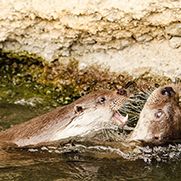
by Teresa Dovalpage
La nutria de río (Lontra canadensis) es un mamífero semi acuático grande y fuerte, que pertenece a la familia Weasal. Son muy sociables, juguetonas y tienen una energía aparentemente ilimitada, así que…
Read more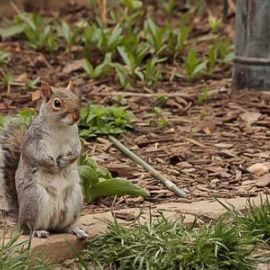
by Keiran Snow Dawson
Join American University student Keiran Snow-Dawson as he goes in search of the wildlife that lives in his own backyard. In this photo essay, he illustrates that even in urban areas, wildlife can be abundant.…
Read more
